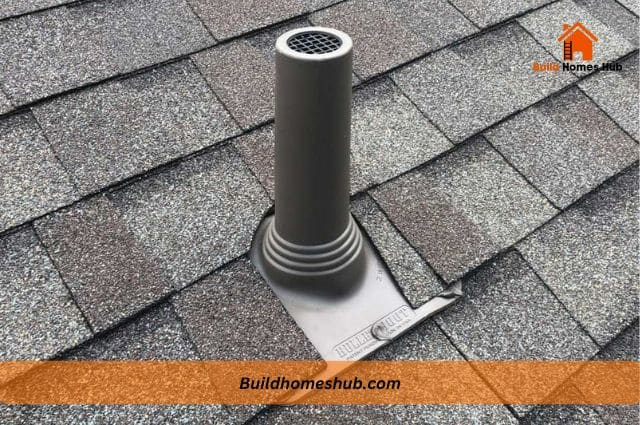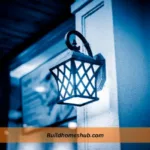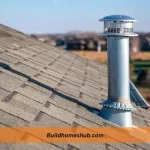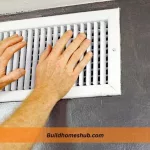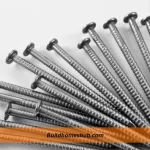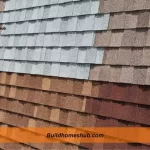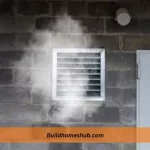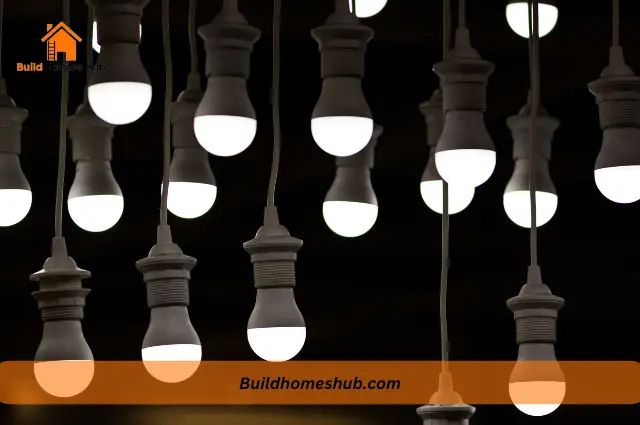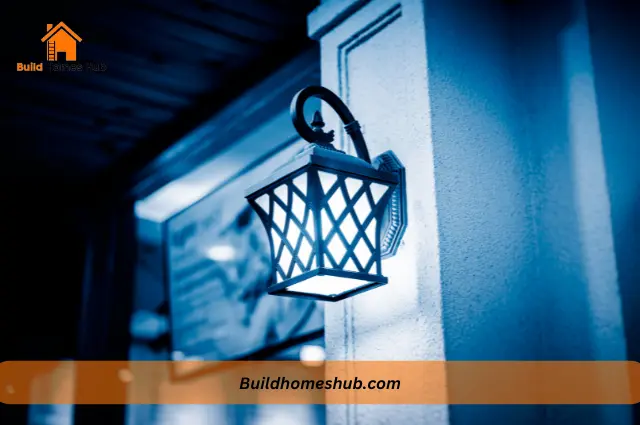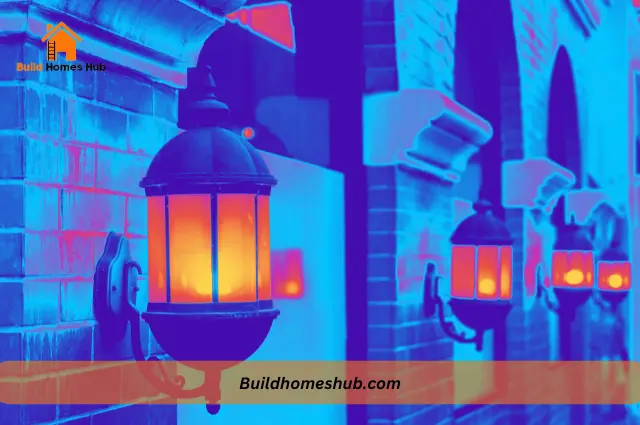Roof vent pipes and boots are essential components of any roofing system. These small but mighty parts protect your home from water damage and other roofing issues. This article will dive deep into roof vent pipes and boots to help you understand their function and importance. First, let’s answer the question: should roof vent pipe be covered?
No, roof vent pipes should not be covered as they are designed to provide proper ventilation to the attic space. Covering the vent pipes can impede the flow of air and lead to moisture buildup and the formation of mold. It’s important to ensure that the vent pipes are properly sealed and maintained to prevent leaks, but they should not be covered.
The Pros and Cons of Covering Roof Vent Pipes
One main benefit of covering roof vent pipes is that it can prevent debris, such as leaves and twigs, from entering the pipes and clogging them up. This can be especially beneficial in areas with heavy tree cover or high winds. It can also help prevent animals, such as birds and squirrels, from building nests inside the pipes, which can cause damage and blockages.
Disadvantages of Covering Roof Vent Pipes
Roof vent pipes are designed to allow hot, moist air to escape the attic and be replaced by cooler, drier air. This process is hindered if the pipes are covered, and the attic can become excessively hot and humid. This can lead to condensation on the underside of the roof deck and potentially cause mold growth and structural damage.
Another potential drawback is that covering the pipes can prevent the proper functioning of other attic ventilation systems, such as gable vents or soffit vents. These systems work with the roof vent pipes to provide proper attic ventilation; if one system is blocked, the others may not compensate.
Lastly, covering the pipes can make inspecting and maintaining them more difficult. If the pipes are covered, it will be harder to see if they are clogged or damaged, and harder to access them to make repairs.
Factors to Consider
When deciding whether or not to cover roof vent pipes, several factors should be considered:
- Climate
The climate in your area will play a big role in determining whether or not to cover the pipes. Covering the pipes in heavy rainfall or snowfall areas can help prevent water from entering the attic. On the other hand, in areas with hot and humid summers, it may be best to leave the pipes uncovered to allow for proper ventilation.
2. Location
The location of your home also plays a role in determining whether or not to cover the pipes. If your home is located in a heavily wooded area, covering the pipes can help prevent debris and animals from entering. However, debris and animal intrusion risk is typically lower if your home is located in an urban area.
3. Type of roof
The type of roof on your home can also affect the decision to cover the pipes. For example, if you have a flat roof, covering the pipes can help prevent water from entering the attic. However, if you have a sloped roof, the risk of water entering the attic is typically lower, and covering the pipes may not be necessary.
4. Attic ventilation
The overall ventilation in your attic should also be considered. Covering the pipes may not be necessary if your attic has proper ventilation. However, if your attic is poorly ventilated, covering the pipes may cause more harm than good.
5. Ease of inspection and maintenance
Covering the pipes can make inspecting and maintaining them more difficult, so this should also be considered. If it is difficult to access the pipes for inspection or repair, it may be best to leave them uncovered.
What are Roof Vent Pipes and Boots?
Roof vent pipes are pipe-like structures that are installed on the roof of a home or building. These pipes allow for the proper ventilation of the attic space, preventing moisture buildup and the formation of mold. Without proper ventilation, attic spaces can become a breeding ground for mold and other dangerous organisms, putting your home at risk of water damage and other problems.
Roof boots, also known as vent pipe flashing, are small rubber or silicone seals placed around the vent pipe’s base. These boots are a barrier between the vent pipe and the roof, preventing water from seeping into the attic space.
The Importance of Proper Ventilation
Proper ventilation is crucial for the health and longevity of your roof. When the attic space is adequately ventilated, warm air can escape, preventing the buildup of moisture and the formation of mold. This is especially important in areas with high humidity, as the warm, moist air can cause the wood in your attic to rot, leading to costly repairs and even the need for a new roof.
How to Tell if Your Vent Pipe is Leaking
One of the most common issues with roof vent pipes is leaks. Leaks can occur due to various factors, including poor installation, age, and weather damage. If you suspect your vent pipe leaks, there are a few signs to look out for.
- Stains on the ceiling or walls of the attic space
- A musty smell in the attic
- Water damage to the insulation
If you notice any of these signs, it’s important to have your roof inspected as soon as possible to prevent further damage.
How to Properly Maintain Your Roof Vent Pipes and Boots
To ensure that your roof vent pipes and boots are in good working condition, it’s important to have them inspected and maintained regularly. This can include checking for leaks, replacing worn or damaged boots, and ensuring the pipes are properly sealed.
In addition to regular inspections, it’s also important to keep an eye on the weather. Look at your vent pipes during heavy rain or snowfall to ensure they’re not clogged with debris or overflowing. If you notice any issues, be sure to address them as soon as possible.
Conclusion
Roof vent pipes and boots may seem like small components, but they play a crucial role in protecting your home from water damage and other roofing issues. By understanding their function and importance and properly maintaining them, you can ensure that your roof will last for years.
I like to think I can help you with all the information you need on home renovations and DIY tips. You should subscribe.

